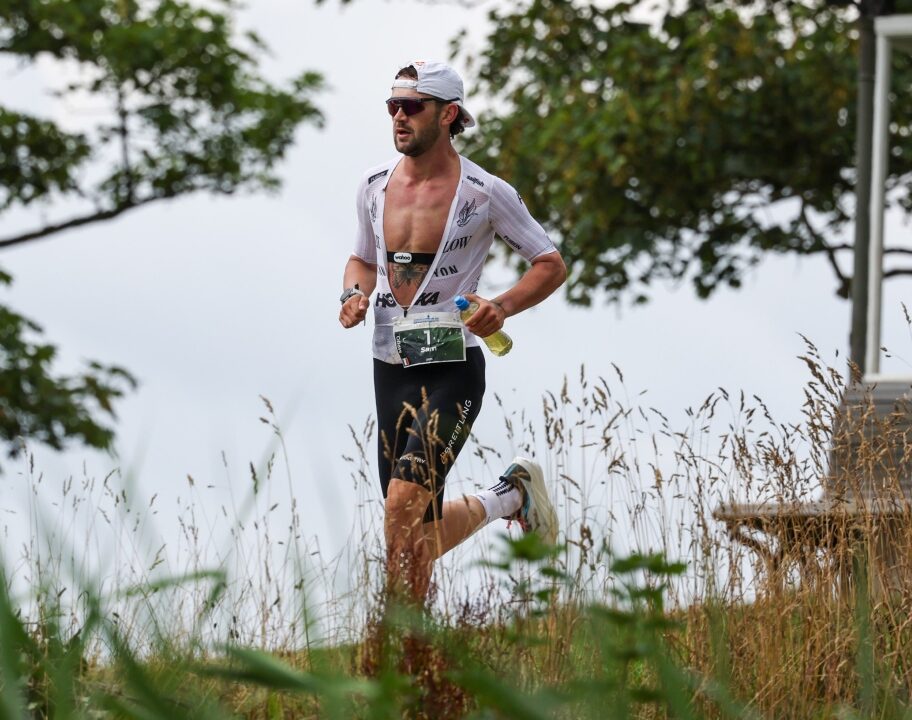As the temperatures start to drop and the daylight hours begin to dwindle, many of us will be starting to retreat to our pain caves ready to bunker down for a few months of indoor cycling. And while the turbo trainer miles can bring huge benefits when it comes to boosting your cycling fitness. Sometimes you just can’t beat a real life ride in the great outdoors. The good news is, with the right kit – it’s perfectly feasible to keep doing some of your bike miles outdoors all year round.
Whether it’s your first winter on the bike and you’re not sure what you need to add to your cycling kit drawer. Or you’re a seasoned rider and you’re wondering what you might want to your existing gear collection. We take a look at the essential cycling clothing and accessories to get you through the winter months.
Note: If you purchase through some links on our site, we may earn an affiliate commission.
Turn of the season essentials
In the early stages of autumn/fall lightweight layers and smart temperature-adapting fabrics are key for staying comfortable. It’s that weird weather time of the year where it can be freezing one day followed by a surprise summer encore the next. Bitterly cold first thing, but warming up significantly by mid-morning. Which can mean you either risk the summer kit and end up shivering. Or go all in on the winter cycling gear and find yourself sweating profusely long before you get to the mid-ride café stop. If you’re struggling to work out what to wear on the bike when the weather is neither here nor there, here’s what we’d recommend.
Long sleeved cycling jersey
A lightweight long-sleeved cycling jersey is a useful garment to add to your kit drawer. It’ll take the edge off those chillier mornings, without causing you to overheat. And it’s useful for layering up with a gilet and base layer once the weather turns a little cooler.
Arm warmers
If you’re someone who rarely feels the cold and you’re likely to overheat even in a lightweight long sleeved jersey the second the sun pops out from behind the clouds. Arm warmers are a good alternative option. You’ll find there are lightweight arm warmers made from cycling jersey materials – usually referred to as ‘arm screens’ because some riders will where them during the summer months as additional sun protection. And there are also thicker, fleece-lined options designed specifically for the winter months. What you need will really depend on how much you feel the cold.
Cycling gilet/vest
A cycling gilet is a useful addition to your kit drawer as the seasons start to turn. Ideal for early autumn/fall and spring rides, wearing a gilet over your cycling jersey will help to reduce the impact of wind chill and it’ll keep your core warmer.
Look for a lightweight, packable gilet/vest that you can easily roll up and store in your cycling jersey pocket if the temperatures rise. If you tend to keep your nutrition and spares in your jersey pocket, it’s also a good idea to search for a gilet which has openings on the back so you can still get to your pockets underneath. When the weather is changeable, you don’t want to have to keep moving your stuff from the pockets of your jersey to your gilet and back again. And it’s annoying if you’ve put the gilet on and then you have to fiddle around to try and get to your pockets underneath.
Base layer
A good base layer can make the world of difference to keep you comfortable in cooler temperatures on the bike. Keeping your core warm is key, because if your core is warm your body can focus on keeping your extremities (i.e. your fingers and toes) nice and toasty. Look for a wicking, fast-drying base layer with thermal properties for ultimate comfort. Base layers with Merino wool content can be a really good option because it’s naturally breathable, wicking and temperature-regulating.
Deep winter cycling kit
Determined to keep the outdoor miles coming even when the temperatures plummet? We salute you! Here’s the kit you’re going to want to keep yourself comfortable while you’re ticking off the winter miles.
Full finger cycling gloves
Cold Sunday morning rides or chilly weekday commutes can become pretty miserable if your hands are getting cold. If you’re riding through the winter months, invest in a good pair of winter cycling gloves.
Look for winter gloves with grippers on the palms to help you keep control of the bike, particularly if your handlebars get wet in a rain shower. Touch-screen ready fabrics can also be useful for those mid-ride route checks.
Winter cycling jacket
A deep winter cycling jacket is one of those ‘buy right, buy once’ items. It can be an investment, for sure. But when the real feel temperatures are below freezing and you get caught in a downpour with a howling headwind mid-ride. You’ll be glad you invested in weather-ready kit.
Look for a cycling jacket with a fleece-lining to help keep in the heat that you’re generating as you ride. Choose a jacket with a waterproof, wind-resistant outer shell and taped seams. It’s really important that if you get caught in the rain, the water can’t soak through to your base layer – otherwise you’ll really struggle to warm up. Keep in mind that you’re more likely to be riding in low light conditions too, even if you’re riding during the day, so a brightly-coloured jacket with reflective material or strips on the rear is a good choice to help keep yourself visible. If you’re commuting on you’re bike, we’d recommend checking out brands such as Proviz. Their gear is ultra-reflective in low light, which is important for staying visible when you’re riding through busy traffic early in the morning or later in the afternoon/evening.
RELATED: Le Col Pro Insulated winter cycling jacket review
Full-length cycling bib tights
Even the hardiest of souls have to relinquish the shorts at some point during the winter. You can of course, put leg warmers or leggings on underneath your bib shorts. But for maximum comfort (and reduced likelihood of chafing) adding a pair of full length tights to your fall/winter cycling kit is a good choice.
Along with keeping your legs warm, and helping your muscles to keep working efficiently. A good pair of cycling bib tights will also be made using water-resistant materials which you’ll appreciate on rainy rides when the road spray and puddle splash is soaking you from the ground up.
Overshoes
Speaking of puddles and road spray, unless you fancy spending the next few months riding around with cold, wet feet – get some overshoes. Made from windproof, waterproof materials, overshoes (as you might guess from the name) slip on over your regular cycling shoes to help keep the elements at bay. A small bit of kit, that makes a big difference to how comfortable you feel on the bike through the winter months.
Winter riding accessories
Those are the kit drawer essentials sorted. But there are a few other accessories you need to keep riding safely through the winter months.
Bike lights
Fitting your bike with front and rear cycling lights is a must, particularly for winter riding. Even if you’re not riding before sunrise/after sunset, lighting conditions can be gloomy during the winter season. So fitting your bike with front and rear lights is a good idea to ensure you’re visible.
The brightness you need – measured in lumens – depends on where and when you plan to ride. For urban riding and riding in the day time when you’re using lights to improve your visibility to other road users, using lights around the 100 lumen mark will suffice. Using a flashing mode rather than a constant light can further improve visibility. But if you’re planning to ride in the dark on dimly lit streets or rural roads, you’ll want to choose something far brighter – ideally 1000 lumens to light up the road in front of you. Keep in mind that most lights won’t be as bright once the battery starts to run down, so it’s worth having a back-up light with you – especially if you’re cycling in the dark.
Bike maintenance and cleaning products
From pouring rain to mud-covered roads, your trusty steed has a lot to contend with in the winter months. Obviously you want to take good care of your bike all year round. But after winter rides, it’s particularly important to ensure you’re keeping all the components clean to avoid suffering a dreaded mechanical. Stock up on bike maintenance and cleaning products such as chain lube and drivetrain cleaner to keep your bike running smoothly. Having the right stuff will make cleaning your bike far less of an arduous task.
If you’re running a tubeless set up, now is a good time to put some fresh sealant in your tyres too – getting a puncture that won’t seal isn’t the most fun way to find out yours has dried up!
Nutrition
Over the winter months, it can be easy to forget to fuel properly on the bike. But if you’re still putting in the long rides (60 mins+) it’s still useful to take on some fuel during your ride to help maintain your energy levels. The winter off season is also a really good time to test out different nutrition brands if you’re looking to switch up your race nutrition of choice next race season.
We’re a big fan of the flapjacks from OTE Sports or for something fruitier we also really like the guava blocks from Luchos.
Depending on your overall training load, you may also want to consider using recovery products such as protein bars and shakes to give your body a helping hand to recover properly and soak up the fitness gains from all those winter base miles.
Changed your mind and decided not to brave the cold this winter? Check out our indoor cycling section instead – packed full of tips, advice and top training sessions to help you get the most out of your indoor miles.











